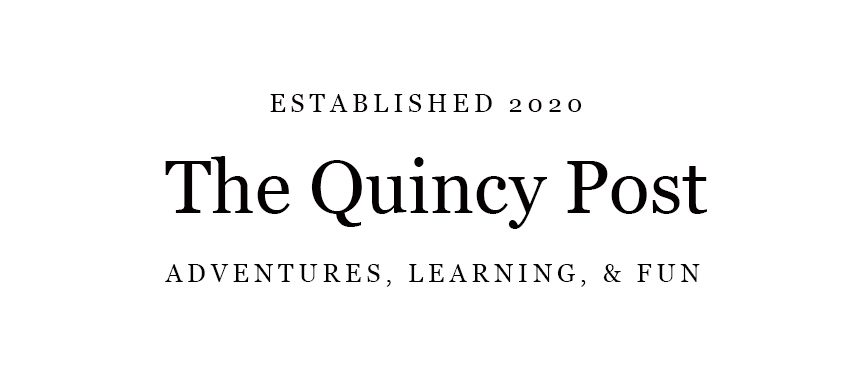
In our last Portage and Paddle Youth Crew meet-up we talked about fast-fashion and how issues have started to become more visible on social media. It’s great to see that people are becoming more aware of the issues of factory workers and the environmental effects of the overload of consumerism.
One of the things we talked about was the history of fast-fashion and how awareness first started to rise to the surface. It is slowly growing as a social issue now, but who were the first people to notice what was happening and raising awareness.
We talked about the collapse of the Rana Plaza factory building in Bangladesh, which was the all-time biggest catastrophe to hit the garment industry. The Rana Plaza housed several shops and fast fashion factories and is a painful symbol of tragedy encountered by the disadvantaged workers. In April 2013, the Rana Plaza building crashed killing 1,100 people and leaving thousands more injured. The terrible tragedy devastated the lives of thousands of workers and of the families of the deceased and injured.
The collapse brought worldwide attention to terrible working conditions and the way that workers lives are endangered within the world of fast fashion. The result of the collapse was a lot of political pressure to effect change and has led to significant approaches to prevent and support the exploited workers in fast fashion. After this event there was a lot of struggle for justice for the Rana Plaza workers.
Advocacy groups like the Clean Clothes Campaign have made a lot of improvements to working conditions. The campaign helped create the Accord on Fire and Building Safety in Bangladesh in May 2013. They advocated for brands to join and support and got over 200 companies to sign. The Rana Plaza Arrangement was also created afterwards to coordinate compensation for the affected families.
Clean Clothes Campaign campaigned to convince the brands who sourced from Rana Plaza to contribute to the factory workers that had been affected. The organization collected signatures to make companies like Benetton and The Children’s Place pay an appropriate amount. There was evidence exposing their direct link to Rana Plaza – including photographs of the Benetton labels in the building rubble and also order forms from factories in the Rana Plaza building.
Benetton first tried to deny their association with Rana Plaza, but they later were pressured to publicly acknowledged that New Wave Style (one of the factories in the Rana Plaza) was a supplier for the Benetton brand. Benetton hesitated for a very long time but eventually were pressured to pay for the suffering of the workers impacted at Rana Plaza.
The Rana Plaza event was a huge milestone in the history of fast-fashion advocacy. It was an event that shocked the world and made everybody take notice. Advocacy groups rallied and battled to make better standards for workers in the factories and also to protect our environment.

